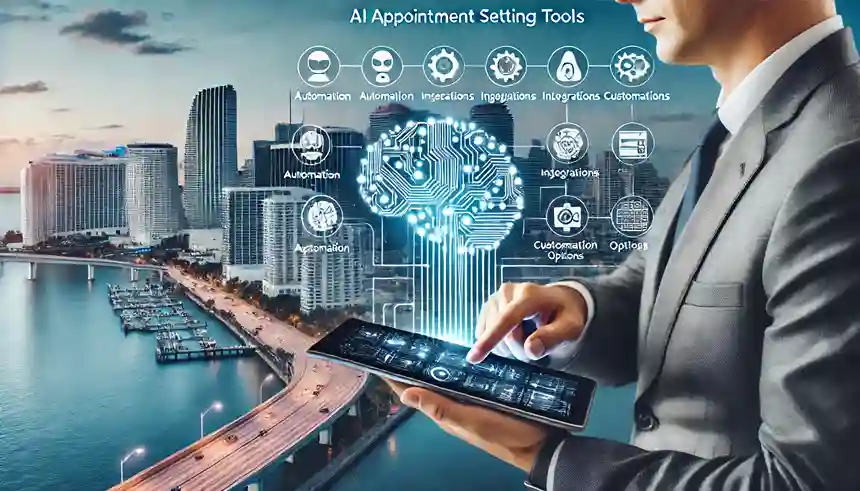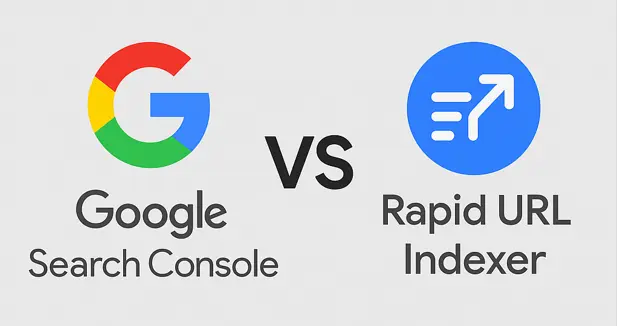The healthcare industry is undergoing a massive transformation, with technology playing a central role in shaping how care is delivered. One of the most exciting developments is the rise of at-home care, supported by cutting-edge technology. Patients now have the ability to manage their health more effectively, safely, and comfortably from the comfort of their own homes. This blog post delves into how future healthcare technology is elevating at-home care , improving patient outcomes, and reshaping the healthcare experience.
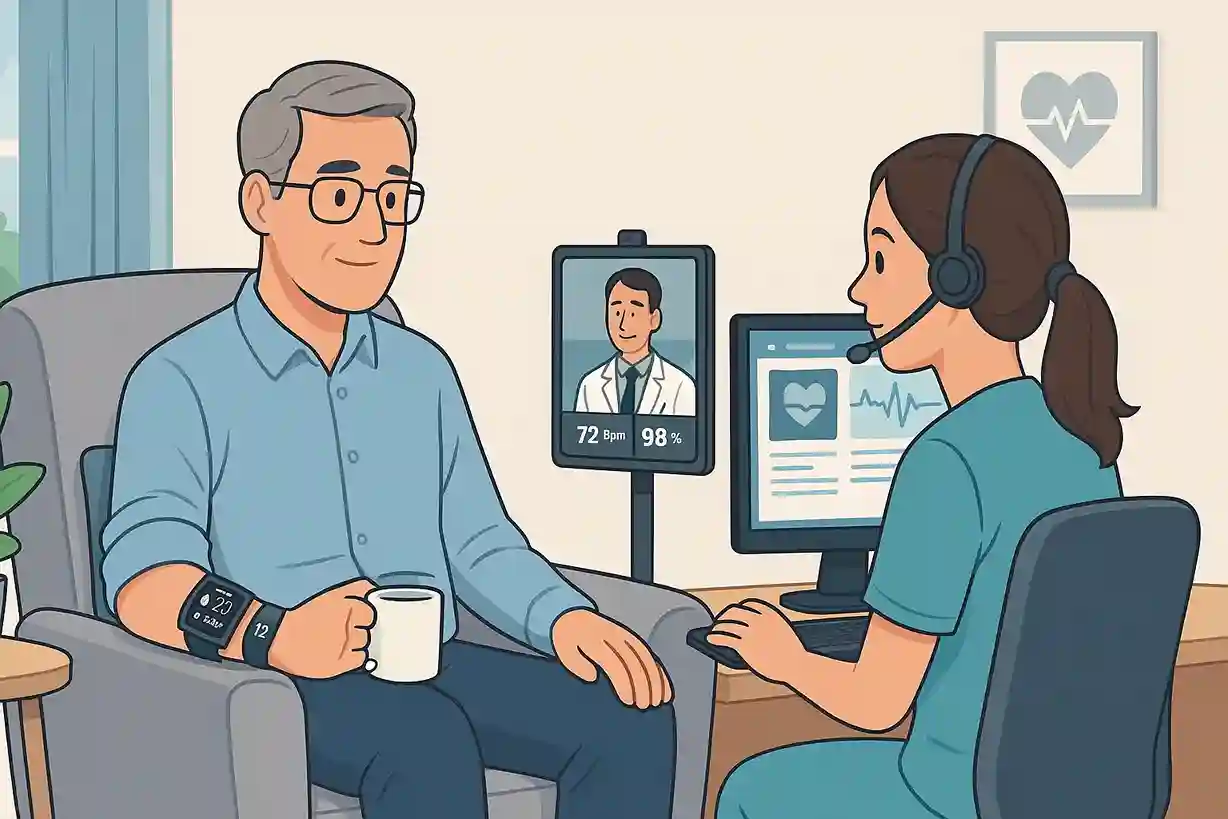
1. The Rise of At-Home Care: A Growing Demand

In recent years, there has been a significant rise in the demand for at-home care. Aging populations, advancements in medical treatments, and a growing preference for personalized care are all contributing to this shift. At-home care not only allows patients to receive medical attention in the comfort of their own homes, but it also enables healthcare providers to deliver care in more efficient and cost-effective ways.
As healthcare evolves, the convenience of receiving care at home is becoming more attractive. However, technology is at the forefront of this change. How future healthcare technology is elevating at-home care is a question that holds immense promise, and in this article, we explore the future of healthcare technology and its impact on patients and caregivers alike.
2. How Technology is Transforming At-Home Care

Telemedicine: Bridging the Distance Between Patients and Doctors
Telemedicine has emerged as a vital technology in providing remote healthcare services. With the ability to conduct virtual consultations, telemedicine helps patients connect with healthcare professionals without leaving their homes. Telemedicine has proven to be especially valuable for those who live in rural or underserved areas where access to healthcare may be limited. Additionally, it provides a convenient way for patients with chronic illnesses to receive regular check-ups without the need for frequent hospital visits.
For more information on telemedicine, check out the National Telemedicine Resource Center.
Wearables and Remote Monitoring: Continuous Health Tracking
Wearable devices have become a popular tool for monitoring health metrics like heart rate, oxygen levels, glucose levels, and more. Devices such as Fitbit, Apple Watch, and medical-grade wearables provide patients and healthcare providers with real-time data, allowing them to track the patient’s health status continuously. This continuous monitoring can detect potential issues early, allowing healthcare providers to intervene before conditions worsen.
For insights into the latest wearable health technology, visit Healthline’s Guide to Wearable Health Devices.
Smart Home Devices: Enhancing Safety and Comfort
Smart home devices are increasingly being integrated into at-home care setups. From voice-activated assistants to smart sensors, these devices help enhance the safety and comfort of patients. Motion sensors can monitor patient movement to ensure they don’t fall, while smart medication dispensers remind patients when it’s time to take their medication. Voice assistants like Amazon Alexa can also help patients with reminders, emergency calls, and basic tasks, making daily life easier and safer.
For more information on how smart home technology is being used in healthcare, explore this article on smart healthcare devices.
Artificial Intelligence (AI) in Healthcare: Predictive Healthcare Models
AI is quickly becoming an integral part of healthcare. It can process massive amounts of data to identify trends and make predictions about a patient’s health. By using AI, healthcare professionals can detect patterns in vital signs that might indicate the risk of conditions like heart disease, diabetes, or even a stroke. With the help of AI, patients can receive more precise and timely interventions.
Learn more about the applications of AI in healthcare on AI in Healthcare.
Robotics: Automating Care Tasks
Robots are gradually entering the world of at-home care, performing tasks such as mobility assistance and medication management. Robotic systems designed for patient care, such as exoskeletons for movement and robotic arms for rehabilitation, help patients recover faster and more effectively. These technologies can assist those with disabilities or mobility issues, helping them to regain independence at home.
To see more about robotics in healthcare, visit The Robotic Process Automation in Healthcare article.
3. How These Technologies Improve Patient Outcomes
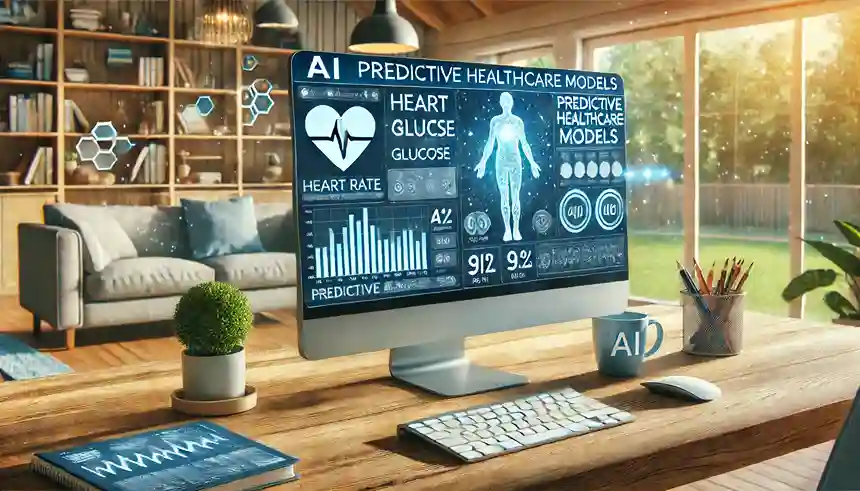
These technologies do more than just make life easier; they help improve patient outcomes in significant ways.
Personalized Care Plans
Technology allows healthcare providers to create personalized care plans based on the patient’s specific needs. For instance, data from wearables and telemedicine consultations help doctors tailor treatment plans to ensure the patient gets the most effective care. Personalized plans lead to better health outcomes by ensuring patients receive the right care at the right time.
Improved Monitoring and Safety
Continuous monitoring, through devices such as wearables and home sensors, ensures that any changes in a patient’s health status are immediately detected. For example, if a patient’s heart rate spikes or if there is a sudden drop in oxygen levels, caregivers are alerted right away. This allows for timely intervention and can prevent life-threatening situations.
Cost-Effective Care
At-home care supported by technology helps reduce the overall cost of healthcare. By minimizing the need for hospital stays and in-person consultations, patients can save on medical expenses. Moreover, healthcare systems can reduce the strain on resources, which helps in providing affordable care to more patients.
4. The Future of At-Home Care: What’s on the Horizon?
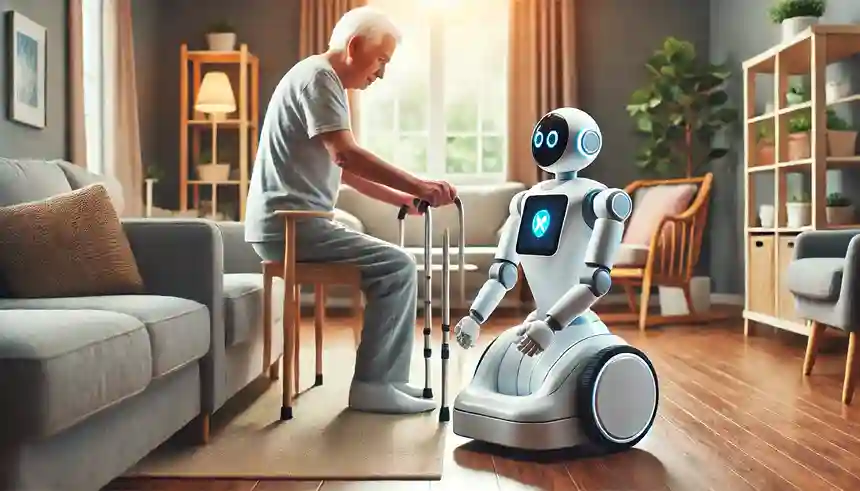
Looking ahead, the future of at-home care is extremely promising. The integration of advanced technologies will continue to shape the way healthcare is delivered in homes across the world.
- More advanced AI models: AI will continue to evolve, enabling even better predictions and allowing for more proactive care.
- Expanded use of robotics: Robots will assist patients with more tasks, from daily living assistance to mental health support.
- Remote diagnostics: We may see devices that allow patients to self-diagnose conditions with high accuracy, reducing the need for doctors to be physically present.
The possibilities are endless, and as these technologies become more refined, they will undoubtedly lead to even better outcomes for patients receiving at-home care.
5. Challenges and Considerations

Despite the many benefits of these technologies, there are still several challenges to address.
- Data privacy concerns: With so much sensitive data being collected, it’s essential that healthcare providers and tech companies protect patient information from breaches.
- Access to technology: Not everyone has access to high-speed internet or the latest devices. Ensuring that underserved populations benefit from these advancements is crucial.
- Cost of technology: While these innovations can lower healthcare costs in the long term, the initial setup can be expensive. Finding ways to make these technologies more affordable for all patients is an ongoing challenge.
6. FAQs:

Common Questions About Future Healthcare Technology in At-Home Care
Q1: How does telemedicine work in at-home care?
Telemedicine allows patients to consult with doctors remotely using video calls, phone calls, or messaging. Patients can discuss their symptoms, receive prescriptions, and even get follow-up care without leaving home. This technology is ideal for individuals with chronic conditions or those living in remote areas.
Q2: Are wearables accurate for monitoring health at home?
Yes, wearables like fitness trackers and medical-grade devices can provide highly accurate readings of vital signs like heart rate, blood pressure, and oxygen saturation. Many devices are now FDA-approved for medical use, ensuring that the data collected is reliable.
Q3: Can AI help in diagnosing health conditions at home?
AI-powered systems are capable of analyzing health data from wearables and telemedicine consultations to make predictions about a patient’s condition. While AI is not yet a substitute for a doctor’s diagnosis, it can help identify potential issues early, enabling timely intervention.
Q4: What are the benefits of using robotics in at-home care?
Robotics in at-home care can assist with mobility, medication management, and rehabilitation. These systems are particularly useful for people older than 70 individuals or those with mobility issues, as they help maintain independence and reduce the need for caregiver assistance.
Q5: Will healthcare technology be affordable for everyone?
While the upfront costs of healthcare technology can be high, many experts believe that the long-term benefits will help reduce overall healthcare costs. Additionally, as technology becomes more widespread, the cost of devices and services will likely decrease, making them more accessible to a broader population.
For more information on the future of healthcare technology, explore resources like Health IT News and MobiHealthNews.
7. Conclusion
The future of at-home care is being shaped by technological advancements that promise to make healthcare more personalized, efficient, and affordable. From telemedicine and wearables to AI and robotics, these innovations are transforming the way patients manage their health at home. As these technologies continue to evolve, we can expect even greater improvements in patient outcomes, making at-home care a viable option for more individuals worldwide.
Stay informed, embrace these advancements, and explore how future healthcare technology is elevating at-home care for the better!
Explore more on SociaGain

